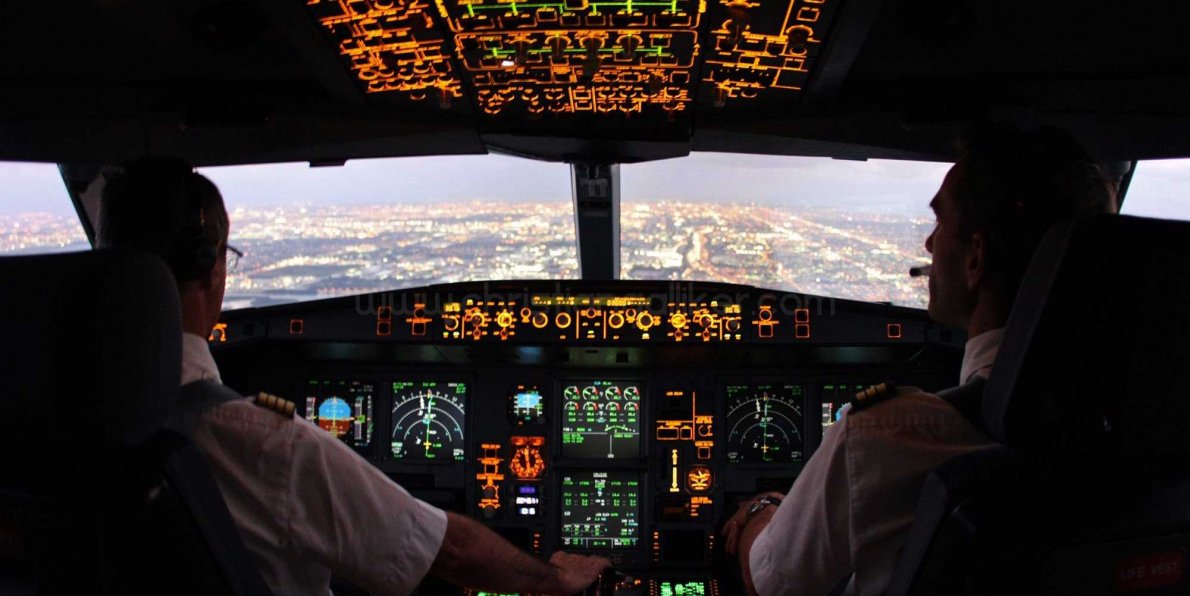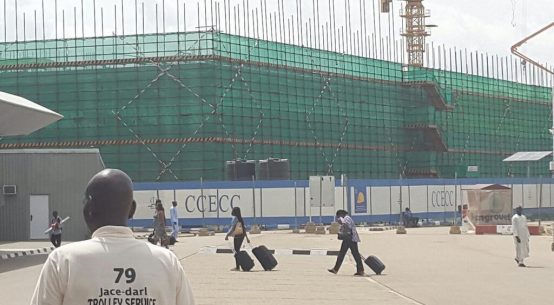Inside a Plane’Cockpit
Sometimes flight delays pile up and cause a domino effect, pushing back the times of late-afternoon and evening flights, which can be incredibly frustrating.
Once you’re finally on board and ready for takeoff, your pilot might announce that they’re going to try to “make up for lost time” during the flight.
Imagine your Ad placed here
But shaving some time off isn’t as simple as just flying faster. Pilots have to stick to air traffic regulations, speed limits, and the route set in place.
Patrick Smith, a pilot and host of Ask The Pilot, told MailOnline that the most common way for pilots to shave some time off their flight duration is by simply shortening their route.

He explained that flight paths between airports aren’t usually straight lines, but an indirect, weaving path that forms a “connect-the-dots-type pattern that follows a long series of waypoints.”
If pilots are strapped for time, they might ask control whether they can literally cut a few corners or skip some of the waypoints. Doing so, he explained, “can sometimes save several minutes.”
While this quick fix is great for shorter journeys, another anonymous pilot explained to the Daily Mail that making up for lost time is significantly more complicated on long-haul journeys.
Simply speeding up isn’t an option because of the drastic effect this would have on fuel consumption.
While the Dreamliner B787 is meant to fly at about 640 to 647 mph, for example, cranking this up to around 654 mph (just 7 mph faster) increases the aircraft’s fuel consumption by about 500 to 1,000 kilograms (1,100 to 2,200 pounds), depending on the length of the flight — a huge cost to shave a few minutes from a long-haul flight.
Similarly, the pilot also explained that planes can arrive late even when they do manage to leave on time.
This isn’t down to speed or route but caused by natural air movement, wind, and the strong wind paths that encircle the globe, known as jet streams.
Follow us on TWITTER for more Logistics News Follow us on FACEBOOK for more Logistics News
“In long-haul, the situation is more complex,” Smith said. “Flight schedules have to second guess what the worldwide jet stream systems will be doing in each season and build a schedule accordingly. Sometimes the world’s weather systems will be different ‘on the day’ and hence it is possible to leave London on time and still arrive half an hour early.”
With reports From BI













